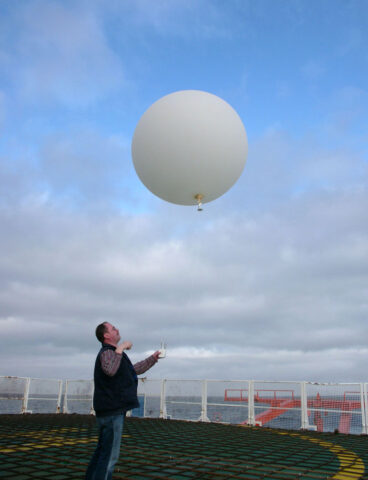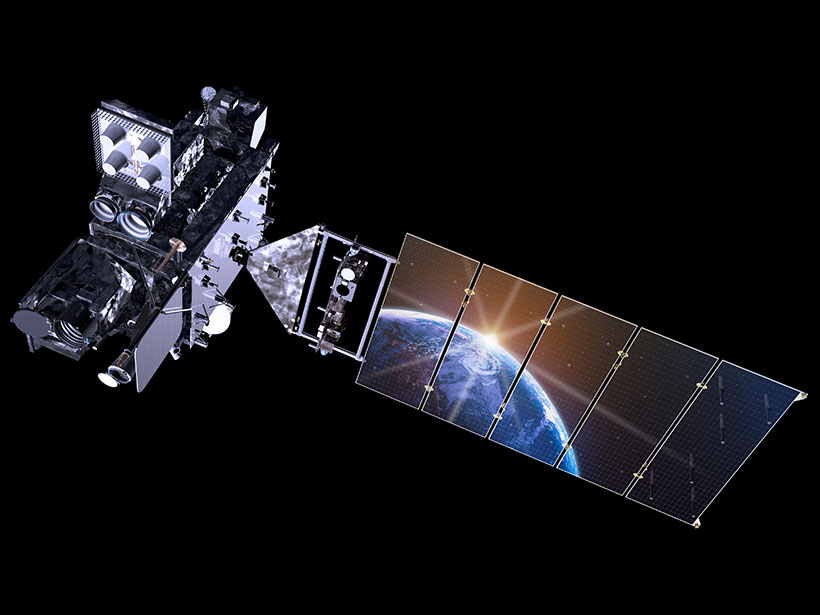Modern weather forecasting relies on measurements of current conditions to project what will happen in the future. The accuracy of these predictions is only as precise as observational data. Currently, about 90% of that information comes from satellites

According to Singh et al., spacecraft data have been revolutionary for weather prediction in the Southern Hemisphere, where ground measurements are sparse. However, as the suite of orbiting instruments grows, it is unclear if all these new observations result in better predictions. The authors decided to test the impact of a broad array of observing systems on weather forecasting models over India. The team carried out 21 experiments through July–the summer monsoon season—in 2012.
Their analysis shows that wind observations have a large impact on the accuracy of a forecast, especially in the short term. Removing wind observations reduced the accuracy of a forecast’s rainfall estimates by as much as 30%. Unfortunately, current space-based weather instruments are heavily biased in favor of measuring atmospheric mass instead of wind, the authors say. That will change, the authors say, when the European Space Agency’s Atmospheric Dynamics Mission (ADM-Aeolus)—the first spacecraft to acquire global wind profiles—launches in 2015.
The instrument that played the largest role in reducing forecasting errors, including rainfall predictions, is one that weather agencies have used regularly for close to a century: radiosondes. The expendable instrument packages, mounted to small weather balloons, relay pressure profiles, temperature, and relative humidity. The instruments also measure wind speed and direction. (Journal of Geophysical Research: Atmospheres, doi:10.1002/2014JD021890, 2014)
—Eric Betz, Freelance Writer
Citation: Betz, E. (2015), Do all these weather satellites really improve forecasts?, Eos, 96, doi:10.1029/2015EO028103. Published on 15 April 2015.
Text © 2015. The authors. CC BY-NC 3.0
Except where otherwise noted, images are subject to copyright. Any reuse without express permission from the copyright owner is prohibited.

